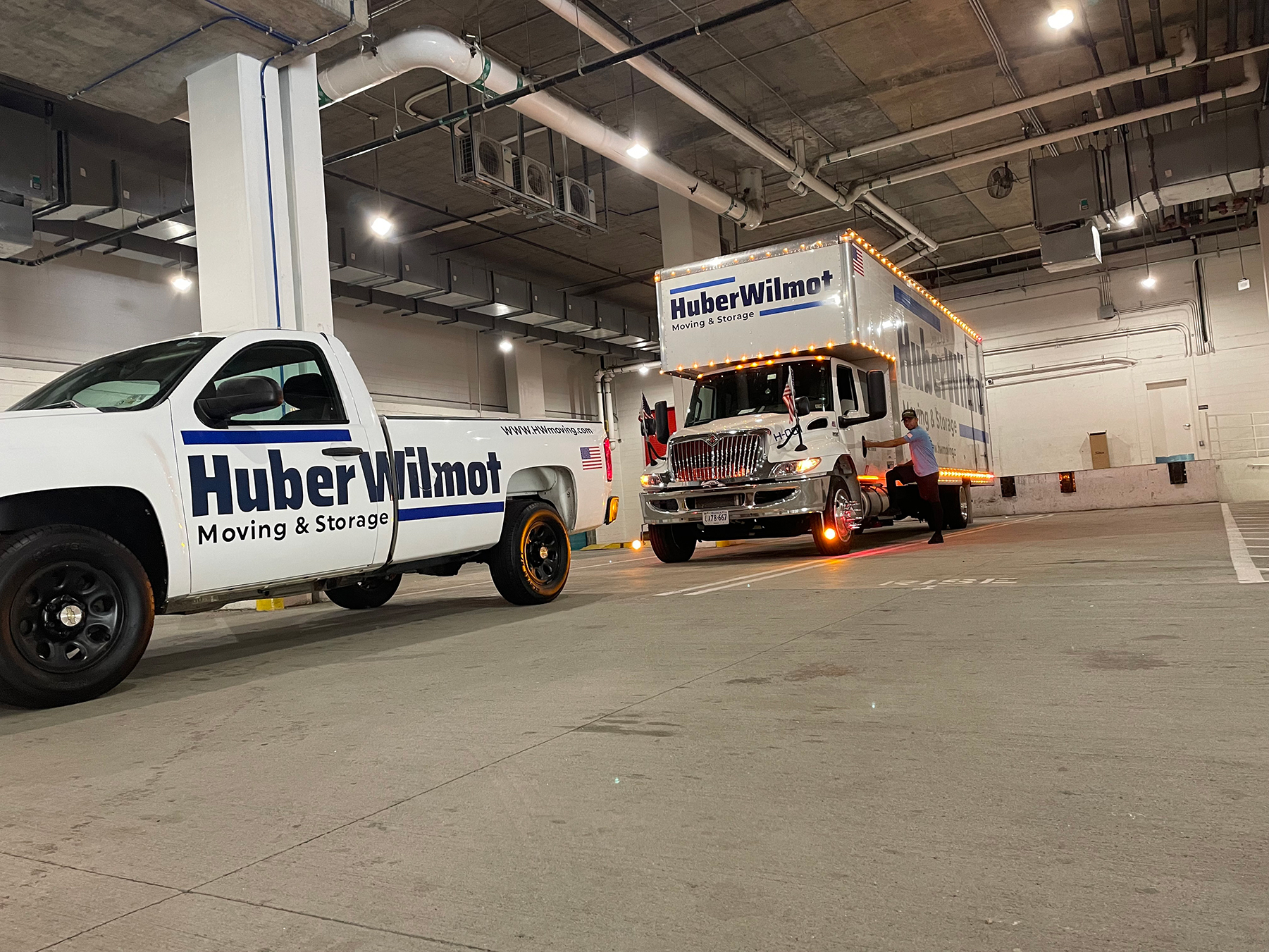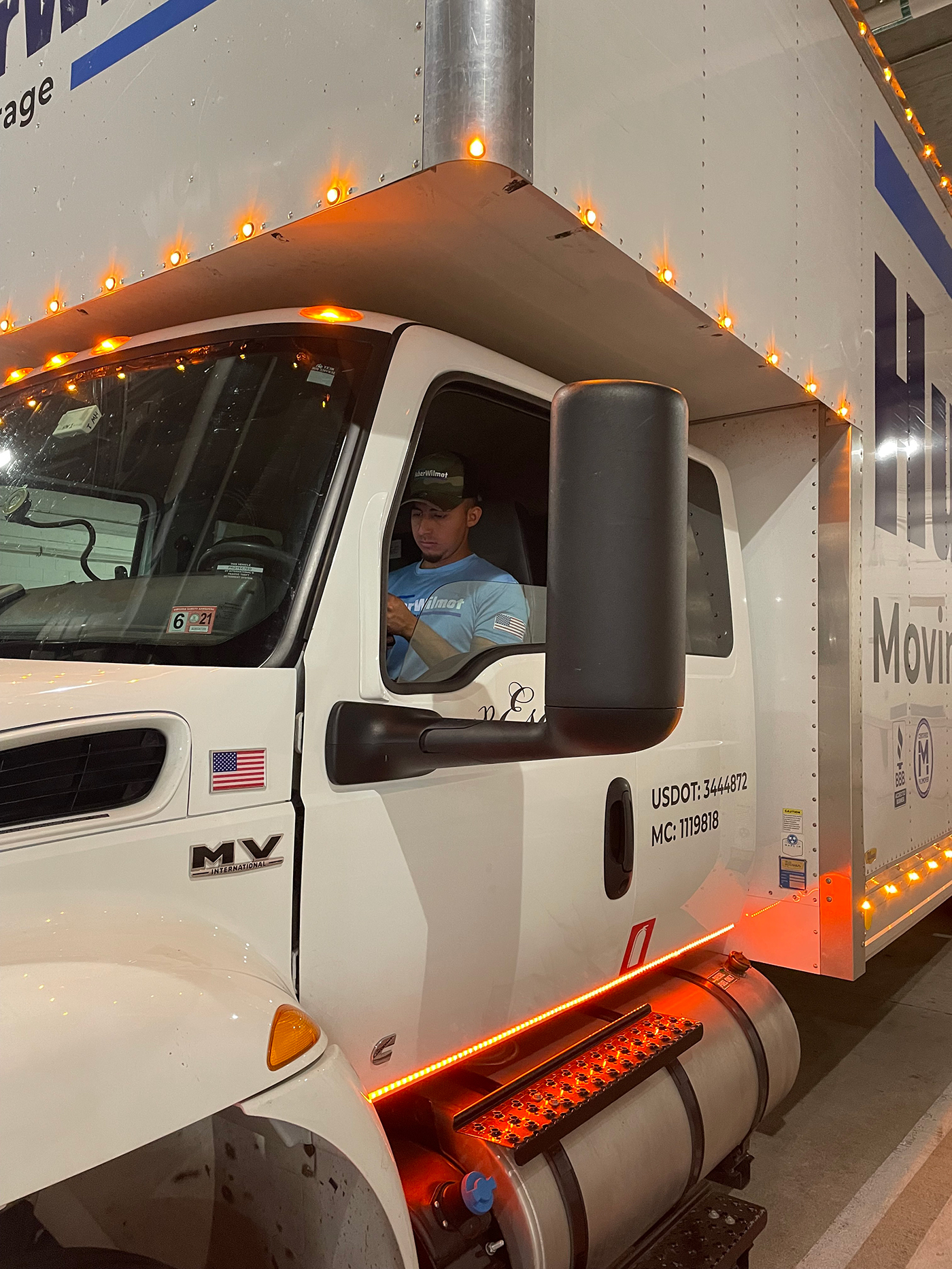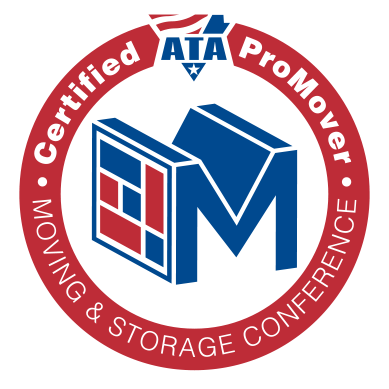Movers Alexandria VA
For over 35 years, HuberWilmot Moving & Storage has been gaining experience in the moving and storage industry to ensure your next move in Alexandria remains easy, affordable and stress-free. Call on HuberWilmot Moving & Storage and allow our friendly and professional movers to help you with your next move to, from, or within Alexandria.
We are here to help you move – call our office today at (703) 488-7117, fill out our free quote form or continue reading ahead to see which services HuberWilmot Moving & Storage can offer you today.
HuberWilmot Moving & Storage has been moving Virginia for over 30 years!
Moving to Alexandria
Alexandria, VA is the place to be if you’re thinking about moving to the Northern Virginia and DC area. Near the Potomac River and snuggled right next to Arlington and Washington D.C. lies George Washington’s adopted hometown, Alexandria.
During the Civil War, Alexandria was an important Underground Railroad refuge for escaped African American slaves and for a short time Alexandria was part of Washington D.C. Currently, the town of Alexandria is a unique city with tasty dining options, a vibrant culture and historical and cultural experiences waiting around every corner.
Alexandria Moving Services
Some of our services we offer in Alexandria and the surrounding areas includes:
If you’re transferring to a new home or office but it’s not quite as ready as you expected, you may need a place to store your stuff while you wait. Or, you could be doing a bit of spring cleaning and need the extra space, our warehouse storage solutions provide a safe, secure and climate-controlled environment away from curious critters and protected from the elements.
What to do in Alexandria
- Nightly Spirits Ghost Tours: Nightly Spirits offers a 2-2.5 hour guided haunted pub tour that explores the most historic and haunted places in Alexandria’s Old Town. The tour makes some stops at a few pubs along the way so that you’re always engaged with each new thrilling story you hear along the stroll. All tours start at 8:30 PM from Chadwicks, 203 The Strand Alexandria, VA 22314.
- Gadsby’s Tavern Museum: The Tavern Museum consists of two buildings, (1) 1785 tavern and (2) the 1792 City Tavern and Hotel. The buildings were named for John Gadsby, an Englishman and prominent political pundit, these buildings were often the setting for social get-togethers, musical performances and meetings for local organizations.
- Mount Vernon: We can’t talk about things to experience without mentioning Mount Vernon. In the 18th century, this historic estate used to be a plantation owned by George Washington and was designated a National Historic Landmark in 1960. Now, the estate has a number of museum galleries to peruse along with dining and shopping for everyone of all ages to enjoy.
- Hummingbird: The waterfront restaurant is an energetic bar and kitchen with a varied American seafood menu featuring dishes like clambakes and crab boils, fish fries and oyster roasts. Hummingbird is the perfect place to dine, lounge and kick back with a nice brewski or wine.
- Spite House: This tiny, historic home was built in 1830. It’s approximately 7 feet wide, about 25 feet deep and 325 square feet in two stories. This little house is located on Queen Street in the Old Town district of Alexandria and is an ideal place for photography or the best backdrop for an Instagram post.
Alexandria, VA Moving & Storage Quote
Whether you’re moving to, from or within Alexandria or anywhere near the Fairfax County area, you can be at peace knowing you’ve chosen reliable local movers. Northern Virginia has so many moving companies nearby and it’s difficult to know who to trust. We are known for customer service, being prompt, courteous and getting the job done right.
Call us at (703) 488-7117 or fill out our quote form to request a moving quote today.



















